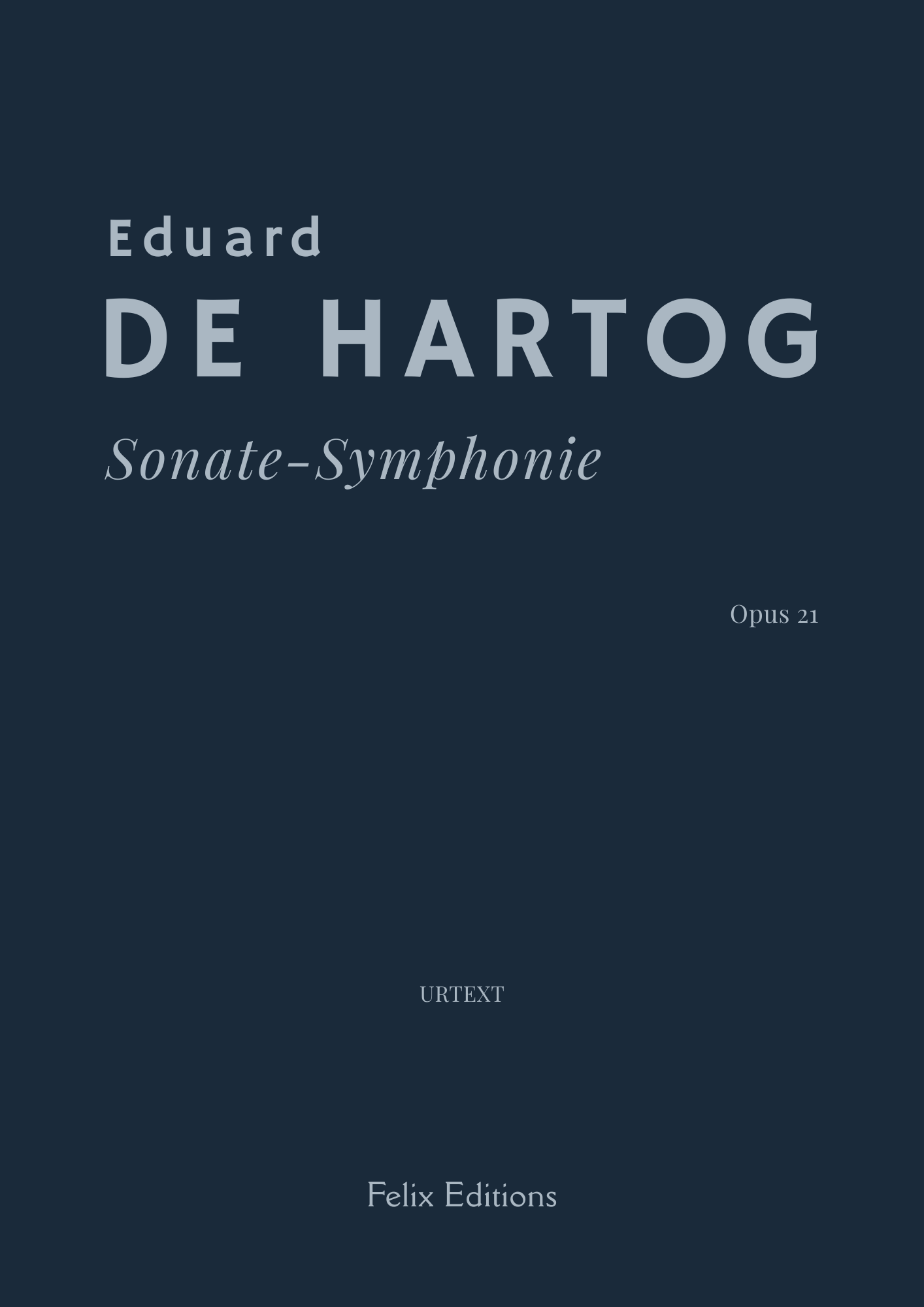Hartog, Eduard de (1825 – 1909)
Sonate-Symphonie
SKU:FD016
This is a downloadable product. Looking for our print edition on premium paper? Check out De Hartog: Sonate-Symphonie.
Couldn't load pickup availability
Description
Eduard de Hartog’s Sonate-Symphonie (ca. 1840–1850) is a strikingly unconventional contribution to the 19th-century piano repertoire: a four-movement sonata marked by an eclectic style and a distinctly pianistic voice. Despite its title, the work’s movements are independent in character and lack cyclical integration. While its formal structure is rooted in classical models, the musical language draws on a wide range of influences—from Beethovenian thematic development to Litolff-like bravura, and from Chopinesque lyricism to surprising modulations and delicate colourations.
The outer movements and the Scherzo are charged with a playful, high-spirited virtuosity that feels as joyful as it is dazzling. De Hartog’s writing remains witty and elegant throughout, until the closing pages, where he abandons all restraint in an exuberant, almost bombastic finale of exceptional brilliance. In contrast, the slow movement offers a lyrical centre of gravity, unfolding in long melodic lines and richly ornamented textures.
The composer’s idiom is remarkably clear: he avoids thick textures in favour of open, agile writing, punctuated by moments of staggering note density. For advanced pianists, the Sonate-Symphonie offers both a challenge and a delight—a rare and original addition to the repertoire that is as rewarding to perform as it is to hear.
Quick Overview
- Composer: Eduard de Hartog (1825–1909)
- Edition: Urtext (FE016)
- File Format: PDF
- Contents: 64 pages total (5 pages introduction and source commentary, 57 pages music)
- Difficulty: Level 9 / 10
- Editor: Martijn Vromans
- Pages: 57 + V pages.
About the Composer
About the Composer
Eduard de Hartog (1825–1909) was a Dutch pianist, conductor, and composer who embraced an eclectic style. His piano works exhibit a clear influence of Beethoven, combined with the virtuosity and energy characteristic of Litolff and Mendelssohn. De Hartog's compositions are imbued with rhythmic vitality and occasionally feature bold harmonic turns. He employed classical forms but integrated them with a personal flair, resulting in music that feels both familiar and innovative.
Contents
Contents
- Introduction
- Sonate-Symphonie
- Critical Commentary
Share








-
Premium Editions
Our paper editions are pleasing to the eye: gorgeous and heavy cream paper produced in an environmentally friendly manner. We print our albums ourselves and use pigmented ink instead of toner. Due to the ink soaking into the paper, a beautiful print is created. All our albums are bound with a steel binding spine, so the albums last a long time and stand perfectly flat on the piano.








